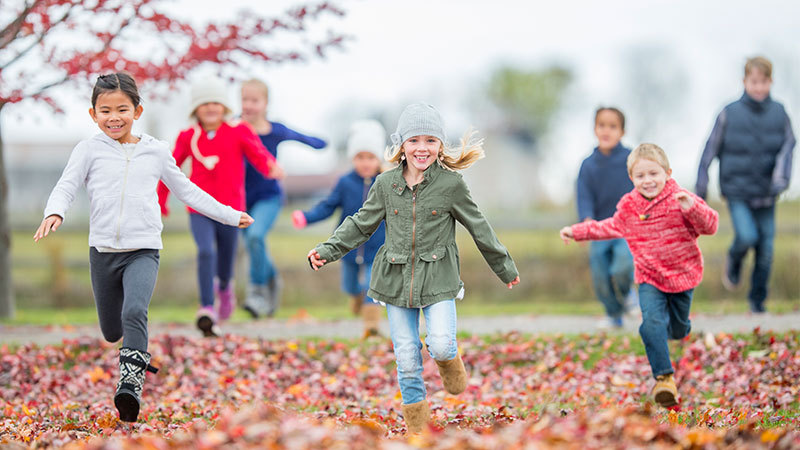Field trips can be amazing learning experiences. They provide students with the opportunity to actively participate in education, offering learning possibilities that aren’t readily available in the classroom. There are many benefits to incorporating field trips into your lesson plans. For example, a study by the U.S. Travel Association found that “regardless of gender, ethnicity or socioeconomic status, youth who take educational trips have better grades (59 percent), higher graduation rates from high school (95 percent) and college (63 percent), and greater income (12 percent higher annually).”
In the same study, 89 percent of respondents said, “educational trips had a positive, lasting impact on their education and career because the trips made them more engaged, intellectually curious and interested in and out of school,” the National Education Association explains. Field trips are especially important for disadvantaged students because they level the playing field, the same article notes.
Maybe the most important benefit that field trips give students is a connection between their studies and the real world. Understanding that what they learn is applicable outside the walls of the classroom gives new meaning to their studies. Here are a few more benefits of field trips, according to Explorable Places.
- Access: Field trips allow students to interact with their communities outside of the school environment. Real-world experiences can solidify learning and support academic concepts. “Our communities are rich learning laboratories,” Explorable Places says.
- Socio-emotional growth: A recent study by the University of Arkansas found that students who go on field trips have increased levels of empathy, tolerance, and critical thinking. Field trips empower students to think about the world from a new perspective.
- Academic impact: Field trips also provide hands-on learning that allows students to remember new facts and concepts. Especially for students with the kinesthetic or auditory learning style, field trip experiences lead to better learning outcomes.
Fall Field Trip Inspiration
Fall is a great time to explore field trip options. Students can experience the changing season and participate in autumn-themed activities that bring them out of the classroom and into their community. Here are just a few ideas to help you get started:
Local Farm
Students can learn where their food comes from by touring a local agricultural or livestock farm, Education World says. You can visit sites like LocalHarvest.org to find a farm in your area. Your students can enjoy talking with local farmers, seeing animals and crops, and more.
Farmer’s Market
Taking a field trip to a farm is an ideal way to transition into learning about farmers’ markets, seasonal food, and the impact of eating local to support local farmers. You can either contact a local market to find out about tours or simply take your students to visit during market hours.
Apple Orchard or Pumpkin Patch
Fall is the perfect time to take a field trip to an orchard or pumpkin patch. Many locations offer activities like hay rides, corn mazes, and more that let students make the most of the season.
Museum
You also have a wide variety of options when it comes to museum field trips. Because there are so many different types of museums, from art to history to science, you can find tours that are relevant to what your students are learning in the classroom. This kind of hands-on, directly applicable experience is invaluable.
Virtual Field Trips
There are even field trip options for those with tight budgets or transportation challenges. Virtual field trips are ideal for expanding students’ experiences while keeping costs low. These digital “trips” are also a great option for cold winter months when outdoor activities are limited. Examples include the Smithsonian’s National Museum of Natural History virtual tour and NOVA’s Great Pyramid Online Adventure.
Taking your students on field trips that allow them to explore and connect with their community is one of the best ways to broaden their horizons and introduce them to new ideas.






